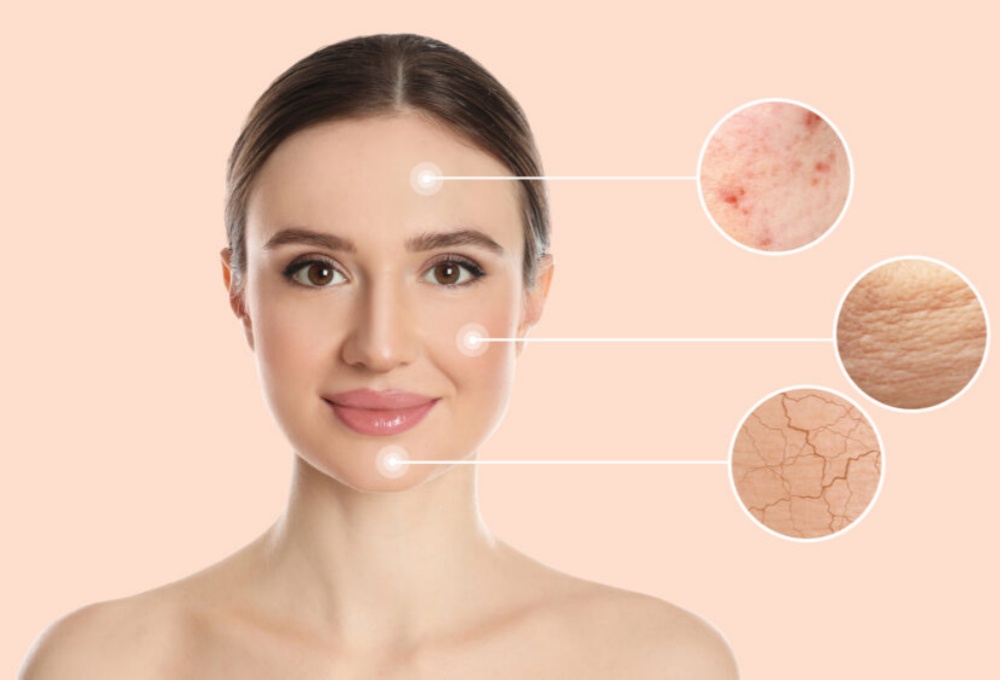Our skin is as unique as we are, with its own set of characteristics and needs. Broadly, skin types can be categorized into five types – normal, dry, oily, combination, and sensitive. Each of these skin types responds differently to various skincare products and ingredients, making it essential to identify your skin type before starting any skincare routine.
Normal skin is balanced, neither too dry nor too oily, and is typically not sensitive. Dry skin, on the other hand, can feel tight and may show signs of flaking or roughness due to a lack of moisture. Oily skin tends to have a shiny appearance and may be prone to breakouts and enlarged pores due to excess sebum production. Combination skin is characterized by an oily T-zone (forehead, nose, and chin) and dry cheeks, while sensitive skin may react with redness, itching, or irritation to certain products or ingredients.
Knowing your skin type allows you to choose products that are best suited to your skin’s needs. For instance, if you have dry skin, you would benefit from hydrating products that help to lock in moisture.

On the other hand, if you have oily skin, you might prefer lightweight, oil-free products that help to control sebum production without clogging your pores.
Furthermore, understanding your skin type can help you identify any changes in your skin over time. Factors such as aging, hormones, and environmental changes can alter our skin type. Being aware of these changes allows you to adjust your skincare routine accordingly, ensuring your skin always gets the care it needs.
In addition to knowing your skin type, it’s also important to be mindful of the order in which you apply your skincare products. Generally, skincare products should be applied in order of their consistency, starting with the thinnest (like toners and serums) and ending with the thickest (like moisturizers and sunscreens). This ensures that each product can penetrate the skin effectively and deliver its benefits.
Remember, everyone’s skin is unique, and what works for one person may not work for another. It’s important to listen to your skin and adjust your routine as needed. When introducing new products, do so gradually, giving your skin time to adjust.


